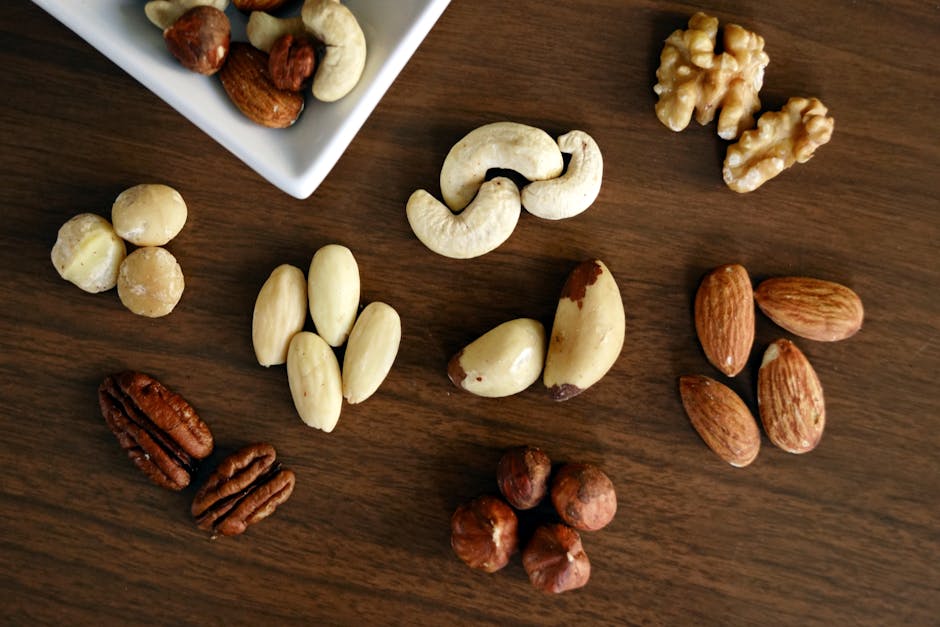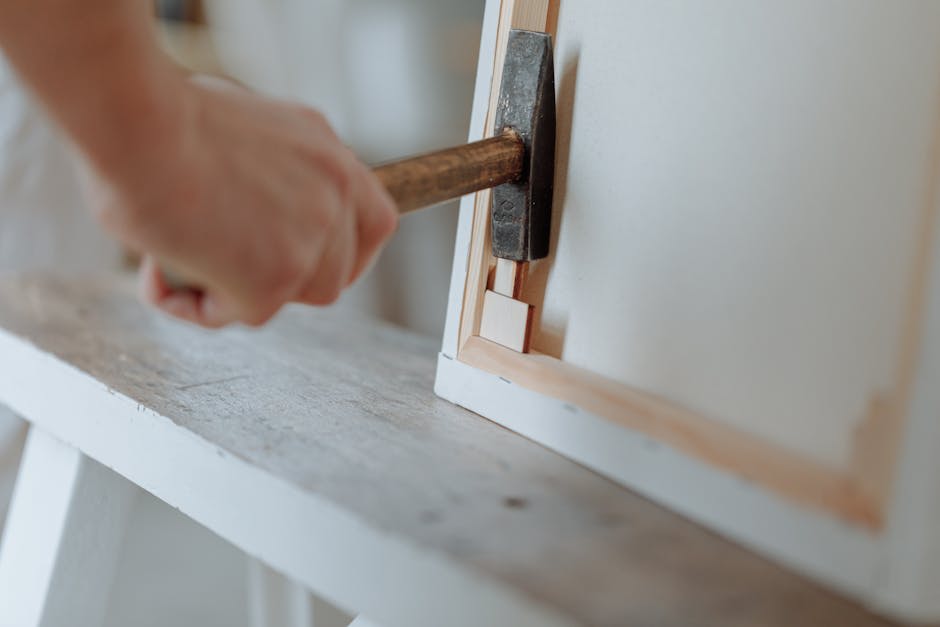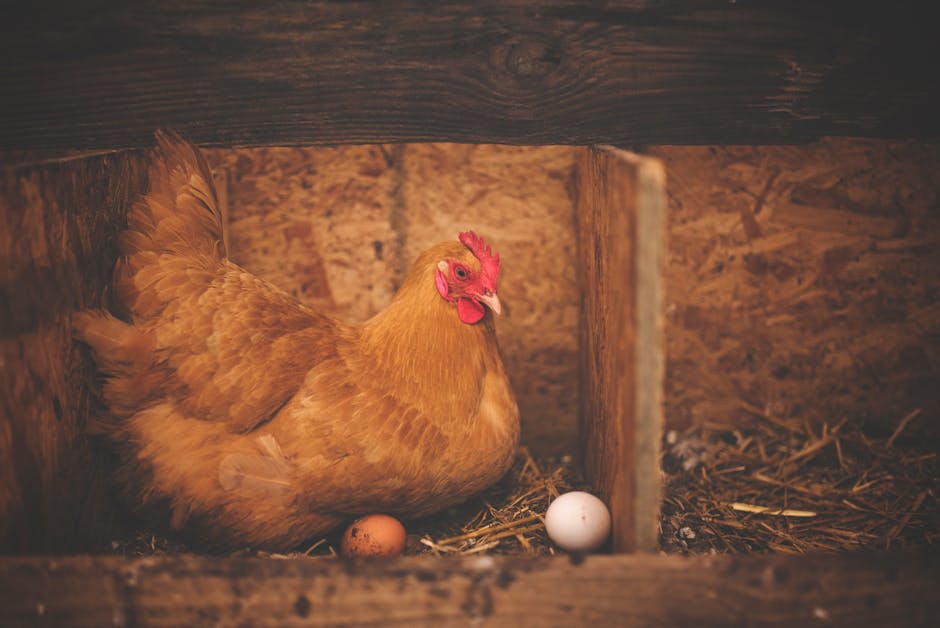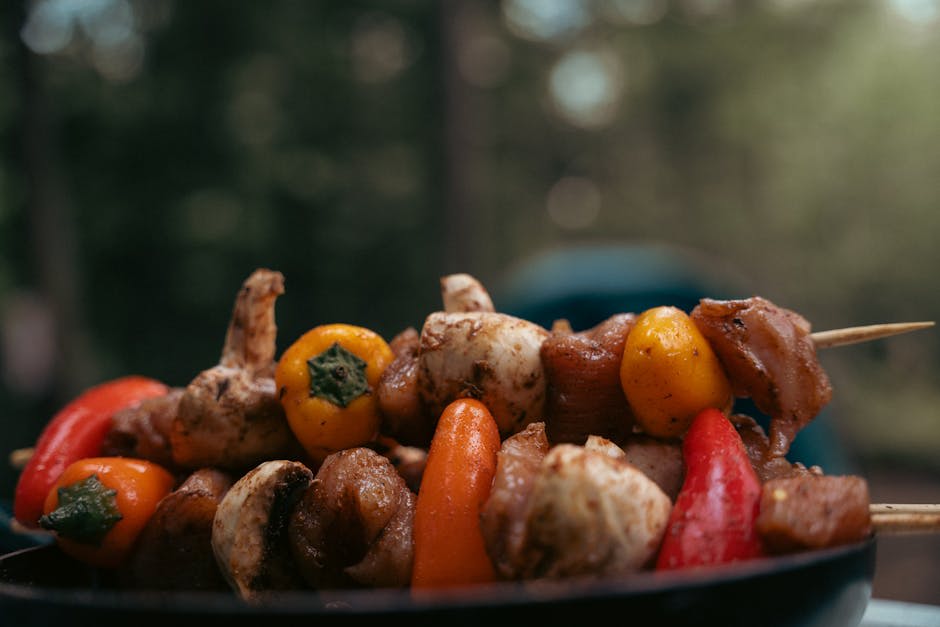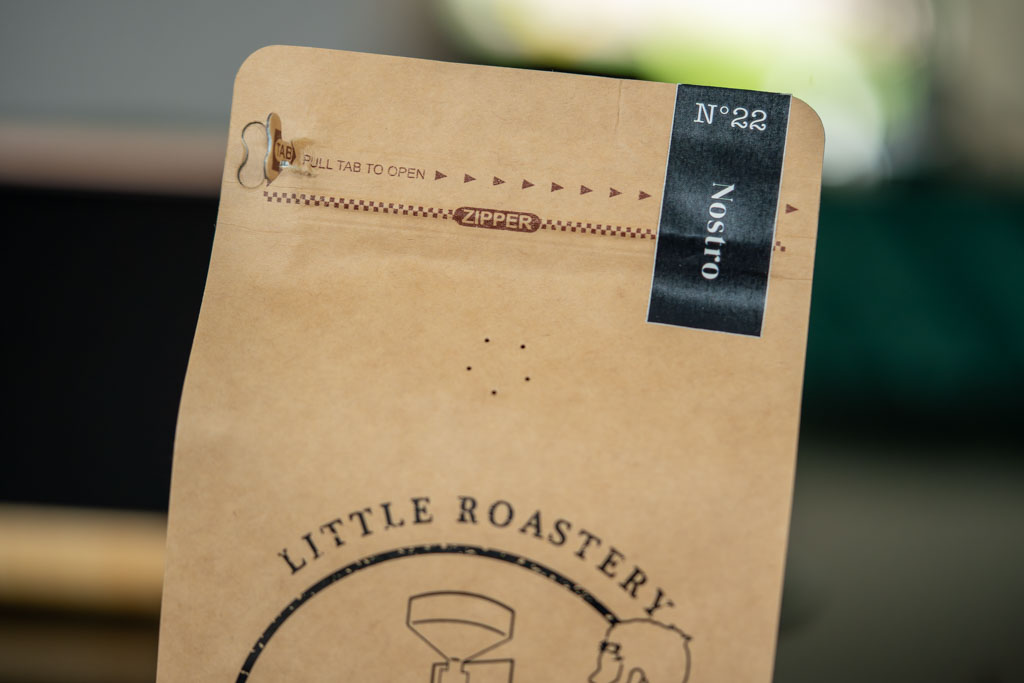Dive into the exhilarating world of chemistry with this quick and interactive guide to conducting exciting experiments that you can complete in just 15 minutes! Perfect for curious minds of all ages, this guide will transform your kitchen into a mini science lab, as you whip up colorful chemical reactions using everyday household items.
Ideal conditions
Best time of the day
Afternoon
Suggested age
8 and up
Best weather conditions
Any, but outdoors for the rocket experiment
Budget
Between 0 and 15 euro
Bookmark this guide for later use, or better: Add it to your agenda!
Estimated duration: 15 minutes
Last editted on: 10-09-2024 12:43
Become a Kitchen Chemist for a Day!
Make sure to add this project to your agenda and share it with someone who would enjoy it!
Getting Started with Your Chemistry Carnival
Welcome to your 15-minute chemistry adventure! Before you dive into the world of quick and exciting experiments, make sure you have all the necessary materials at hand. Gather common household items like baking soda, vinegar, food coloring, and some plastic containers. Set up your workstation in a well-ventilated area, ideally on a kitchen counter or dining table. Ensure all participants, regardless of age, are wearing protective eyewear and aprons to prevent spills and splashes. Let's get ready to explore!
Experiment 1: The Fizzy Volcano
Materials Needed:
- Baking soda
- Vinegar
- Food coloring (optional)
- A small container or glass
Steps:
- Place a small amount (about 2 tablespoons) of baking soda into your container.
- Add a few drops of food coloring to the baking soda for a colorful effect.
- Slowly pour vinegar over the baking soda and watch the 'volcano' erupt with fizz!
Science Behind the Fun: The well-known baking soda and vinegar reaction is a classic acid-base reaction. The acetic acid in vinegar reacts with sodium bicarbonate (baking soda) to produce carbon dioxide gas, which creates the foamy eruption.
Experiment 2: Baking Soda and Vinegar Rockets
Materials Needed:
- Plastic film canister or similar container with a snap-on lid
- Baking soda
- Vinegar
- Tissue paper
Steps:
- Wrap a teaspoon of baking soda in a small piece of tissue paper.
- Fill the canister halfway with vinegar.
- Quickly drop the tissue-wrapped baking soda into the canister and snap the lid on.
- Place the canister lid down on the ground and stand back. The pressure will pop the lid and launch the 'rocket' into the air.
Safety Tip: Always conduct this experiment outdoors and ensure no one is standing over the container to avoid accidents.
Experiment 3: Colorful Acidity Tests
Materials Needed:
- Red cabbage leaves
- Water
- Small bowls
- Various liquids: lemon juice, baking soda solution, vinegar, tap water, etc.
Steps:
- Boil red cabbage leaves in water to create a natural pH indicator solution. Allow it to cool.
- Divide the cabbage water into separate bowls.
- Add different test liquids into each bowl and observe the color changes.
Science Behind the Fun: Red cabbage contains a pigment called anthocyanin, which changes color depending on the pH level of the solution. This simple experiment demonstrates acid-base reactions beautifully with a colorful display.
Plan this experience
Discover the world beyond this screen. Play, try, and be yourself. Take the next step with PlayTryBe and bring your interests to life.



